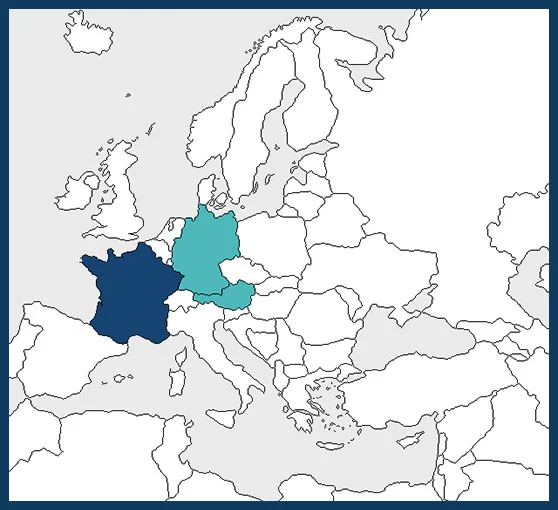12-2013 to 11-2016
€1 034 434
Patrick Mavingui
patrick.mavingui@univ-lyon1.fr
CNRS, University of Lyon – FRANCE (Coordinator)
University of Veterinary Medicine, Vienna – AUSTRIA
IRD, Université de Montpellier – FRANCE
Goethe University, Frankfurt am Mein – GERMANY

Invasive, non-indigenous species have repeatedly been recognized as one of the most important factors in the extinction or displacement of native species on a global scale. In addition, they cause significant economic and health damage which, in a recent report by the EU Commission, was estimated at 9.6 to 12.7 billion € per year for Europe.
Invasive mosquitoes are a source of worldwide concern because of their utmost importance as vectors of a wide range of viral and parasitic pathogens affecting both humans and animals. Understanding current distribution and possible future expansion of invasive and native mosquito species is essential to guide coherent policy vector control in articulation with biodiversity conservation as well as environmental, human and animal health.
In addition to insect genome per se, it is now recognized that microbial symbionts constitute a key factor for insect’s adaptation to novel environments.
In this context, GC-INVAMOFECT aims to investigate the contribution of the microbiota on the proven capabilities of mosquitoes to rapidly adapt to local environments, and thus to promote their successful invasiveness and to increase the risk for pathogens’ transmission in colonized territories.
GC-INVAMOFECT will conduct investigations of native and invasive mosquito species, their symbionts and the pathogens they transmit, in the context of global changes. This will allow providing predictions on the spatial and temporal distribution of native European and invasive mosquito species according to climatic, trade and vehicle traffic conditions and using advanced ecological niche and migration modelling approaches.
The following questions will be addressed by studying the occurrence of two invasive mosquito vectors (Aedes albopictus or tiger mosquito, and Ochlerotatus japonicus), their associated microbiota, and infectious risks in Europe:
1. What are the current niches of the two invasive mosquito species in Europe accounting for climate change and anthropogenic pressure?
2. What are the potential functions and the diversity of the microbiota (symbionts and pathogens) associated with invasive wild mosquitoes
in Europe?
3. Do microbes facilitate or constrain mosquito adaptation to a
changing environment?
4. How pathogens-symbionts interactions evolve in European invasive
mosquitoes?
5. Can we understand the links between mosquito spreading,
microbiota content, and environmental conditions and human activities to guide coherent policy for vector control in articulation with biodiversity conservation and human and animal health?
This research will thus answer strong expectations of society and economic players, and concerns both expert and non expert public that will be informed by an ad hoc communication plan in particular towards identified practitioners and managers and the general public. This will ensure that the outputs are accessible to a wide audience and will achieve their maximum impact.